The London Natural History Society’s Ecology and Entomology section visit to London Wildlife Trust’s Braeburn Park site, on a hot 17th June 2017, recorded 134 species of invertebrate, with a few more yet to be formally identified, mainly comprising less frequently studied taxa. Though there were only 5 members present, and one friend, experts Tristan Bantock, Mick Massie and Sarah Barnes had turned out to make the session a success with their identification skills.
For a while we ‘stalled’ at the entrance trackway near the station at the northeast corner of the site, before moving on to our target site by heading up the impressive ravine to the top of the Cray scarp and then turning right into the sandpit.
Most of the rest of the meeting was spent here studying burrowing Hymenoptera, for which the pit provides essential nesting micro-habitats. The most eye-catching of these was Odynerus spinipes, the Spiny-legged Mason Wasp. This is a species of potter wasp from western Europe, which builds tubular entrances to its nest.
What was thought to be Gasteruption assectator, the Wild Carrot Wasp, was also present here.
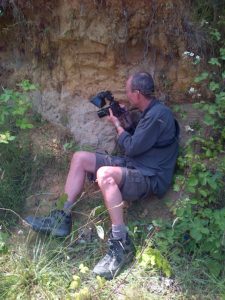
Mick Massie waits patiently to try and capture an image of an insect entering or leaving its burrow. (Photo: Chris Rose)
Notable (rarer) species found were:
Red Data Book 3:
Ceratina cyanea. Hymenopteran. Various warm habitats, including chalk downland, heathland edge and post-industrial sites, nesting in dead hollow twigs and stems; typically brambles close to the ground. Visits a very wide variety of flowers. Formerly considered a great rarity but now widespread in southeast England.
Nationally scarce. Notable a):
Sphecodes rubicundus. Hymenopteran. Cuckoo bee of Andrena labialis. Very local; primarily south-east England.
Tychius tibialis. A local weevil of southern England, occurring on clovers in grassland and coastal habitats.
Zacladus exiguus. Weevil. On smaller flowered Geranium species. Local in southern England
Dasycera oliviella. A small moth whose larvae live on the decayed wood of oak, plum, cherry and other trees.
Nationally scarce. Notable b):
Andrena bimaculata. Hymenopteran. Widespread but local across southern and central England on lowland heathland and in other habitats with sparsely vegetated sandy soils.
Sphecodes crassus. Hymenopteran. Cuckoo bee of various Lasioglossum species. Locally common in southern England.
Larinus planus. On thistles. Local in southern England and Wales.
Protapion dissimile. Small weevil associated with Trifolium arvense, with the larvae occurring in the flowers. Recorded from the south of England to north Wales.
Thanks to Tristan Bantock for producing a detailed spreadsheet of the species recorded.
Chris Rose (event leader and LNHS member)

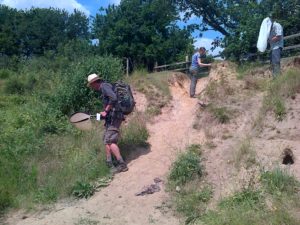
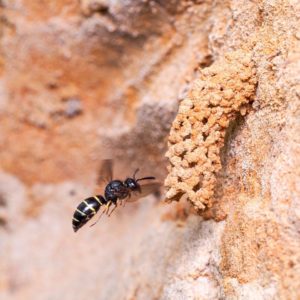
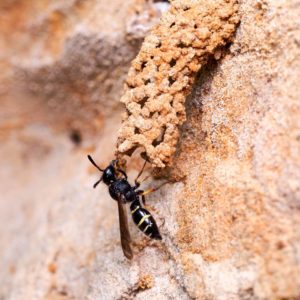
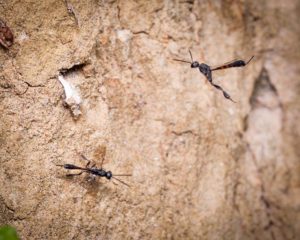
There is a large colony of Ivy Bees in the higher sand banks